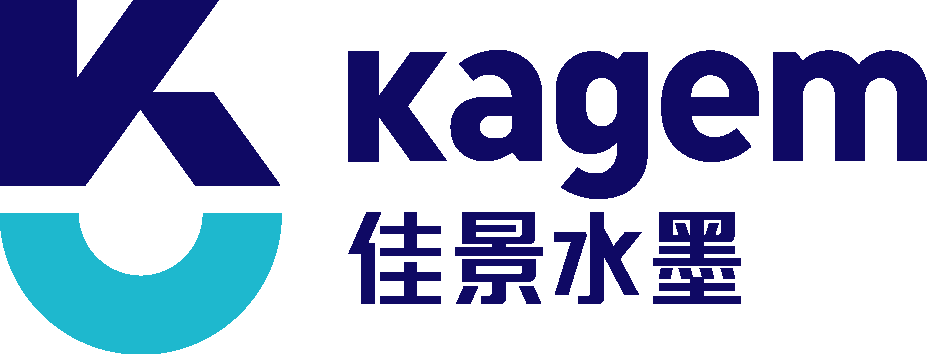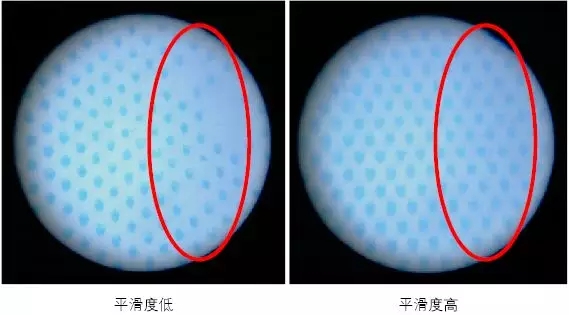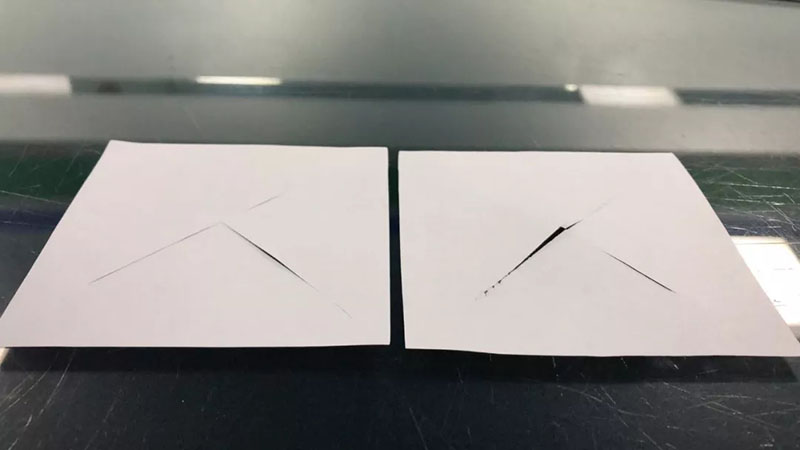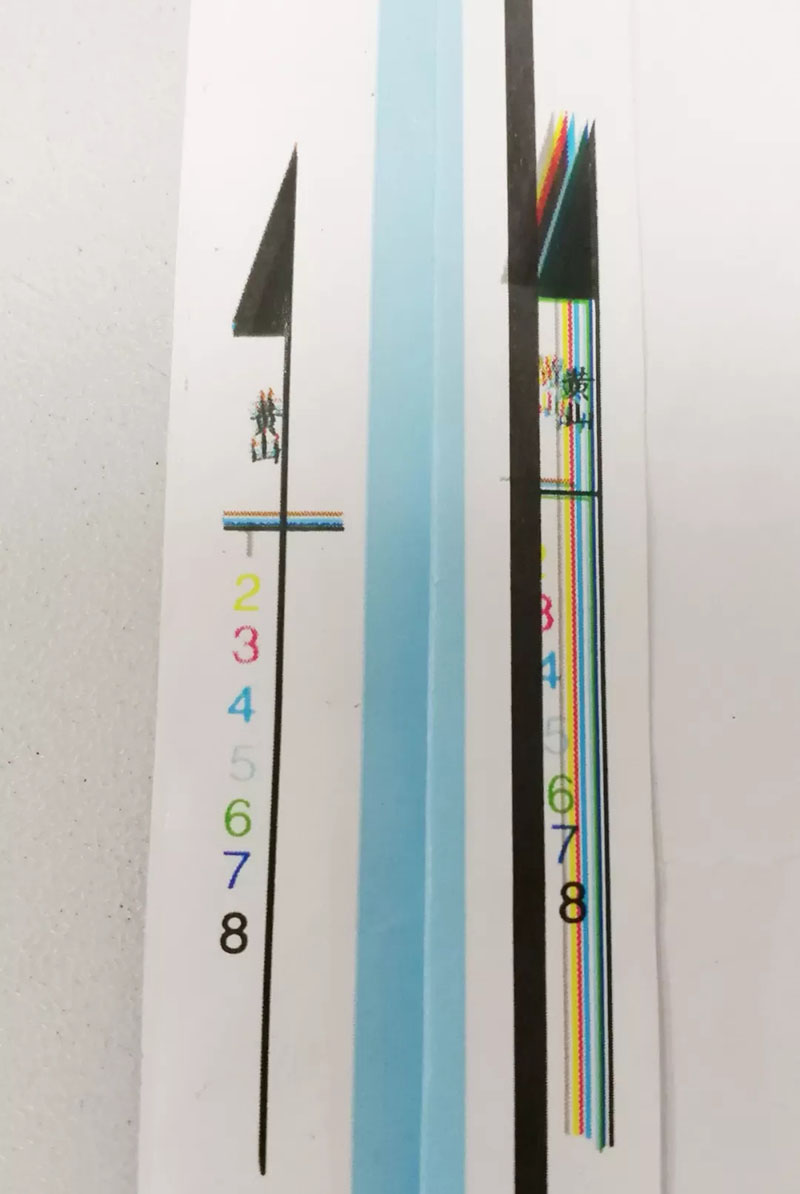
Home About Us Core Strength News Products Case Services Contact Us
Publisher:Kagem Number of visits:300
Coated paper is a high-grade printing paper that is widely used in the printing of books, handbags, labels, bowl covers and other commodities. The printing methods of coated paper mainly include offset printing, flexo printing and digital printing. However, for large quantities of exquisite graphic printing orders, these three printing methods are slightly insufficient, and the gravure printing method using metal plates is not only the printing plate. The printing durability is high, the printing performance is good, and the original copy is also very complete. However, the gravure printing of coated paper is difficult, and printing quality problems are prone to occur, such as loss of dots in the highlight portion, poor saturation of the solid portion, and overprint deviation.
In this paper, the author will explain how to improve the gravure quality of coated paper from three aspects: coated paper selection, plate making process and printing process.
Coated paper selection
The performance of coated paper is the most important factor in the quality of gravure printing. Choosing the right coated paper is very important to improve the quality of gravure printing. The main factors affecting the quality of gravure printing are: smoothness and glossiness, whiteness and water content of the printed surface of coated paper. The number of gravure lines is high, which is high-precision printing. It is required that the printing surface of the coated paper has high smoothness and good gloss. Otherwise, there will be poor inking or missing dots, as shown in Figure 1.

Figure 1 Printing effect of different smoothness coated paper
1. Smoothness and gloss
The smoothness of the coated paper usually used for gravure printing is not less than 500 s, and the gloss should be greater than 65% at 60°.
2. Whiteness
The whiteness of coated paper refers to the ability to reflect light after being exposed to light, and is an inherent characteristic of coated paper itself. Whiteness will affect the color difference. When selecting, it is necessary to compare the whiteness of the paper against the standard sample to reduce the difficulty of printing and coloring. At the same time, the paper whiteness uniformity is required. In the absence of standard gravure paper, it is recommended to use coated paper with a whiteness of 90% or more. Because of the low whiteness of the coated paper, the contrast between the light and dark parts of the printed matter cannot be truly expressed, and it is difficult to copy the beautiful original effect. The coated paper with high whiteness can accurately reproduce the color characteristics of the ink, and can reflect almost all the light, enhance the contrast of the ink, and objectively and truly reflect the color of the graphic.
3. Water content
Paper is a hygroscopic material whose water content is related to the environment in which it is placed. The imbalance in the moisture content of the coated paper can cause the paper to curl and change in size, which can lead to overprint deviation. Therefore, it is generally necessary to select a coated paper which is less affected by the change of moisture to perform gravure printing, which can be characterized by the water expansion ratio of the coated paper, or by a simple test method, a "cross-hair method" test, that is, a copper plate before and after drying. The paper is crossed with a cross line for comparison test. The smaller the curl change, the better the color. The test schematic is shown in Figure 2.

Figure 2 "cross-hair method" to test the water content of coated paper
Plate making process
When making a plate, it is necessary to change the processing according to the original text. Generally, the small text or the hollow text is laser engraved, so that the text printing reproduction effect is good, and the amount of ink can be increased. The effect of gravure printing coated paper by different engraving methods is shown in Fig. 3.

Figure 3 Effect of gravure printing coated paper by different engraving methods
When the color number of the printing press is allowed, try to do the spot color as much as possible, which not only facilitates the adjustment of the color, but also can make the ink amount high and the color saturation good. For the color separation processing of some special images, such as large-area high-light shallow net, it is also recommended to do a spot color version to avoid poor ink or dot loss. Multi-color printed graphics of more than three colors are also considered to be printed with spot colors to avoid moiré caused by hitting the net.
The selection of the number of screen lines can be processed according to the specific graphic.
Processing method
Small graphics use high line numbers, generally in the range of 200 ~ 254lpi, to ensure clear text. The low-line number for large-area solid printing is generally 165~180lpi, which ensures large ink loading and high image saturation. The high-light shallow network part is 10% to 20% by deepening the net and reducing the number of screen lines by 5% to 10% to avoid the dot loss. The plate making of the color cursor requires that each color be made into a solid version and deepen the engraving, which is beneficial to the color-coded electric eye recognition of the gravure printing device. Since the inking effect of the coated paper is worse than that of the plastic film, the overall number of screen lines is reduced, and the cell opening is increased by 5%, which is advantageous for ink transfer.
To accurately overprint, it is necessary to pay attention to the overall scaling of the coated paper for each color version, and adjust the scaling according to the printing equipment parameters, the printing environment and the established paper characteristics.
Specific operation
Generally, a set of non-scaled printing plates is prefabricated and printed, and the printing environment and the printing speed, tension, pressure and other process parameters are recorded, and the maximum color level of the printing device is exerted to achieve a stable effect. In the process of printing the pre-printed printing plate, the paper will appear inconsistencies in the printing of the left and right sides of each color sequence, as shown in Fig. 4, according to the phenomenon, the layout of each color sequential plate is re-scaled.

图4 无缩放凹版铜版纸印刷的左右套色偏差
印刷工艺
在铜版纸印刷过程中,需要控制的主要工艺参数有3个:干燥工艺、印刷压力、印刷速度。
1.干燥工艺
干燥工艺的控制不仅要考虑油墨的干燥效果,还要考虑干燥导致的纸张含水量变化。含水量变化规律是:含水量增加时,纸张会伸长变软;含水量减少时,纸张会缩短变硬。这种变化规律对机组式的凹印套色十分不利,因为每一印刷单元都要经过烘道干燥后才进行套色,这样就会因纸张水分变化导致印刷版面的尺寸不稳定。
解决措施
一般是在印刷设备上预留一组印刷单元只进行干燥而不上油墨,从第二组印刷单元开始上墨印刷,这样纸张经过预干燥后,含水量在各印刷颜色单元间的变化就很小,几乎不影响套色。
2.印刷压力
印刷压力过小,就不能完全将所需油墨转移到铜版纸表面,造成实地网点不实,高光浅网丢点;反之压力过大,会造成印刷网点增大、油墨局部堆积、纸张拉毛、图像颜色变深、暗调并级,印刷设备滚筒部件磨损等印刷质量及设备磨损问题。因此,在实际印刷时,通常要求在油墨全部转移的前提下,印刷压力越小越好,这就产生了一个能够保证油墨转移质量的最佳印刷压力范围,一般控制在2000~2500N。
3.印刷速度
印刷速度对印刷质量的影响主要体现在油墨转移和油墨干燥。一般要求在油墨完全干燥情况下,印刷速度尽量快些,这样有利于油墨转移。使用印刷适性好的铜版纸,运用专门的凹版制版工艺,采用干燥效果好的油墨,印刷速度可达200m/min。
综上所述,铜版纸的凹印质量控制需从设计输入开始,选择印刷适性好的铜版纸,并与制版厂家一起根据原稿样品和所确定的印刷设备性能来确定合适的制版工艺,要尽可能稳定印刷工艺和印刷环境,做到多因素固定,这样就可以循序渐进地提升印刷品的质量。通过实施这些提升质量的控制方法,再配合专用的油墨,就可使铜版纸凹印的高光浅网部分品质完全达到静电吸墨的印刷效果。
此文章转载于"金合彩烫金纸电化铝"微信公众号,如有侵权,请联系我们进行删除

Guangdong Jiajing Technology Co., Ltd. (hereinafter referred to as Kagem), founded in 1999, specializes in the R&D, production and sales of water-based inks, water-based varnishes, water-based acrylic resins, water-based acrylic emulsions, pearlescent binders and other eco-friendly water-based printing materials.
Add: Shibu Industrial Zone, Liaobu Town,Dongguan, Guangdong 523000 CHINA
Main Line:0086-769-82318231
Fax:0086-769-82318555
Sales:0086-769-82318668
Fax:0086-769-82311109
E-mail:sales@kagem.net